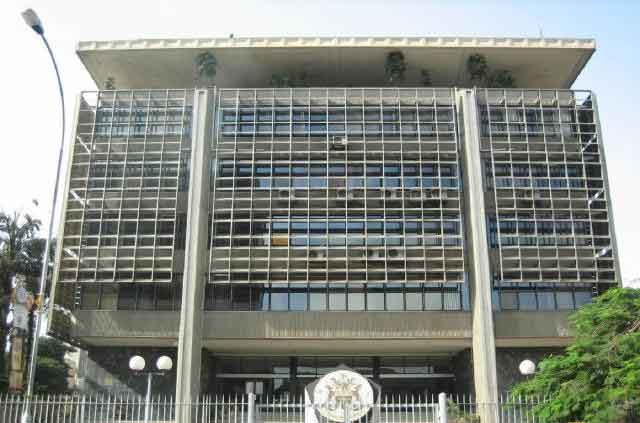
Kampala, Uganda | THE INDEPENDENT | The Central Bank has noted that the easing of the Covid-19 lockdown has led to economic growth recovery.
In its latest monetary policy statement, the BOU says the easing of the lockdown, the stability of the exchange rate, as well as a feeble improvement in both foreign and domestic demand are supporting economic growth recovery.
In May, the government started easing the restrictions on parts of the economy, which had been affected by the Covid- 19 pandemic.
The first to be eased included reopening of hardware shops, markets, mechanical shop, insurance companies, restaurants and public transport and since then sectors like tourism, public transport and schools have been allowed to operate. Main contributors to growth, like tourism and trade were also most affected especially because of closed borders and restrictions in domestic travel.
The Bank forecasts that the financial year 2020/2021 will see some growth of between 2.0-3.0 percent, which could to increase to up to 6.0 percent in 2021/22. The pre- pandemic growth estimates of more than 6 percent, is forecast to be attained after 2022.
However, as most sectors are now operating, the 9pm to 6am curfew remains in place, as well as the closure of bars and the entertainment industry, these will continue to affect the speed of economic recovery.
The Central Bank also fears that the Covid- 19 pandemic effects and the fight against it are too uncertain and could result in unforeseen shocks to the economy.
According to the Central Bank Governor, Emmanuel Mutebile, the downside risks to the economic growth projection include the possibility of an increase in new infections and a longer period to get the virus under control.
The Bank also fears that the flow of Private Sector Credit (PSC) could remain subdued due to commercial banks facing increasing Non-Performing Loans (NPLs) and high lending interest rates.
The bank also decided to maintain the Central Bank Rate, the base indicator of the cost of money at 7 percent for the next two months.
The rate has been low to encourage the commercial banks reduce the cost of credit from the current average of 19 percent per annum, so as to boost private sector borrowing and in turn enhance economic activity.
Commercial banks have been announcing reduction in their base lending rates of as low as 16 percent, but ordinary borrowers, who are the majority, usually get loans at interest rates as high as 22 percent.
********
URN
 The Independent Uganda: You get the Truth we Pay the Price
The Independent Uganda: You get the Truth we Pay the Price



